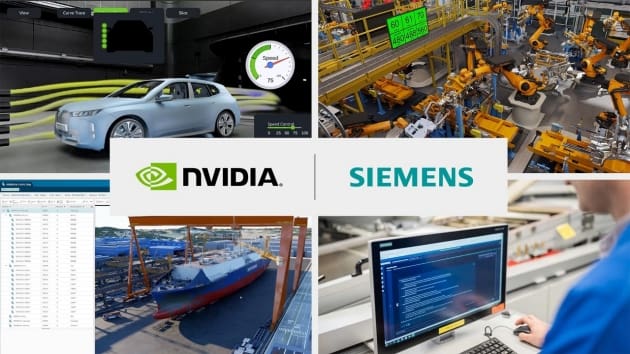Ecological engineering, or the design and management of ecosystems for the benefit of both humans and nature, is an essential field for addressing environmental challenges such as habitat destruction, pollution, and climate change. 3D printing, also known as additive manufacturing, is emerging as a transformative tool in this field, offering innovative solutions for ecological restoration, sustainable infrastructure development, and biodiversity conservation. This technology enables the precise construction of structures and systems designed to integrate with natural processes, enhancing the functionality and resilience of ecological projects.
The Emergence of 3D Printing in Ecological Engineering
Initially utilized for prototyping across various industries, 3D printing has rapidly evolved to include the production of complex, durable structures suitable for environmental applications. Advances in 3D printing technologies and the development of environmentally friendly materials have expanded the scope of this technology in ecological engineering. Today, 3D printing is used to create biohabitats, erosion control systems, and sustainable building components, revolutionizing traditional approaches to ecological restoration and sustainable development.

Advantages of 3D Printing in Ecological Engineering
Customization and Adaptability: 3D printing allows for the creation of structures tailored to specific environmental conditions and ecological needs. This customization is crucial for projects that require unique solutions, such as wildlife crossings, artificial reefs, or wetland restoration structures.
Complex Geometries for Ecosystem Integration: The ability to fabricate complex geometries enables the design of structures that mimic natural forms, promoting better integration with the surrounding environment. This capability enhances habitat restoration efforts and helps maintain ecological balance.
Reduction in Material Waste and Environmental Impact: Additive manufacturing minimizes waste by using only the necessary materials to build a part, aligning with the goals of ecological engineering to reduce environmental impact. Furthermore, the use of biodegradable or recycled materials in 3D printing supports sustainability initiatives.
Rapid Prototyping and Deployment: 3D printing facilitates rapid prototyping and testing of ecological engineering solutions, allowing for faster implementation and adaptation of projects in response to environmental changes or emergent needs.
Key Applications of 3D Printing in Ecological Engineering
Artificial Reefs and Biohabitats: 3D printing is used to create artificial reefs and other underwater structures that support marine life. These habitats are designed to promote coral growth and provide shelter for marine organisms, contributing to biodiversity conservation and the restoration of damaged reef systems.
Erosion Control Systems: Custom-designed erosion control structures, such as root-like systems or interlocking blocks, can be produced using 3D printing. These structures help stabilize soil, manage water flow, and reduce erosion in vulnerable landscapes such as riverbanks and coastal areas.
Sustainable Infrastructure Development: 3D printing enables the construction of green infrastructure elements, such as permeable pavements and green roofs, which are integral to sustainable urban development. These components help manage stormwater, reduce urban heat, and improve air quality.
Restoration of Terrestrial Habitats: For terrestrial ecosystems, 3D printing can be employed to create nesting sites, animal shelters, and other habitat features that support wildlife and plant species. These structures are often designed to blend into natural environments and assist in the recovery of degraded areas.

Challenges in 3D Printing for Ecological Engineering
Despite its potential, the integration of 3D printing in ecological engineering faces several challenges:
Material Durability and Stability: Ensuring that 3D-printed materials are durable enough to withstand environmental conditions and do not adversely affect the ecosystem is essential. The development of materials that are both strong and ecologically safe is ongoing.
Scalability and Cost: Scaling 3D printing for large-scale ecological projects can be challenging and costly. Technological advancements and cost reductions are necessary to make large-scale deployments feasible.
Regulatory and Compliance Issues: Ecological engineering projects often involve complex regulatory landscapes due to their impact on natural environments. Navigating these regulations for 3D-printed structures can be challenging and requires extensive testing and certification processes.
Future Directions in 3D Printing for Ecological Engineering
The future of 3D printing in ecological engineering looks promising, with continuous advancements in printer technologies, materials science, and ecological design expected to address current limitations. Innovations such as the development of new bio-based materials and the improvement of printing techniques to handle natural substrates are likely to enhance the ecological and economic viability of 3D-printed solutions.
3D printing is poised to continue its transformative impact on ecological engineering, providing innovative methods to restore and sustain ecosystems effectively. As the technology evolves, it promises to enable more efficient, targeted, and sustainable ecological restoration projects, contributing significantly to global environmental health and resilience.








